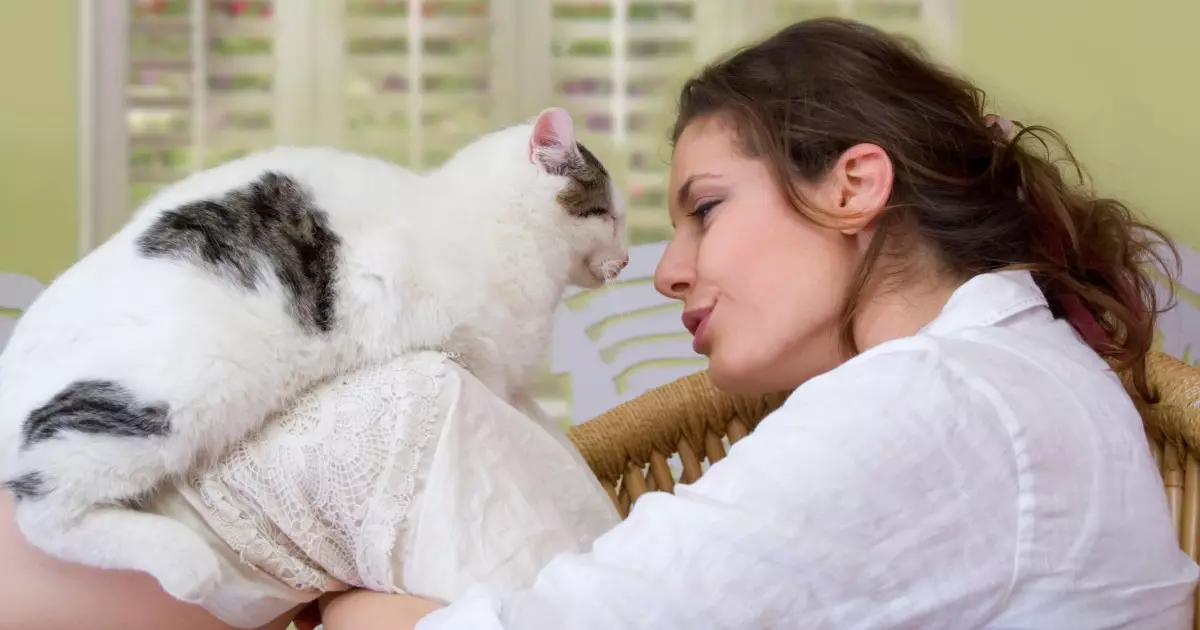Cats have woven themselves into the fabric of human life for centuries, enchanting us with their playful antics and sophisticated demeanor. While they are often perceived as aloof or independent, these furry companions harbor an intricate system of communication that speaks volumes about their thoughts and feelings. If cats could express themselves in human language, one could only imagine the candid conversations that would unfold. Let’s dive into the whimsical world of cat communication and speculate on what our feline friends might say if they wielded the gift of speech.
Before delving into the hypothetical monologues of our cats, it’s essential to appreciate how they currently convey their messages. Unlike humans, cats primarily use non-verbal signals to express themselves. This involves a complex ballet of sounds, movements, and facial expressions. Purring, hissing, meowing, and chirping make up just a part of their vocal lexicon, with each sound potentially indicating different moods or desires.
Take, for instance, the classic slow blink—often referred to as a “cat kiss.” When a cat gazes at you and slowly closes its eyes, it’s a gesture of trust and affection. Conversely, a twitching tail may signal irritation or agitation. Understanding these subtle cues allows cat owners to interpret their pets’ feelings, even if we can’t comprehend their inner monologues. If cats had the ability to converse, they could clarify their myriad emotions with humorous quips and cheeky remarks, transforming our understanding of their world.
So, what might our furry companions express if they could speak? Humor would undoubtedly play a vital role. One could envision a cat saying, “Do you think I’m here for your amusement? My mere presence should suffice as entertainment!” This line encapsulates the cat’s reserved yet regal nature. Cats often carry an air of superiority and self-importance, and if given the opportunity, they’d remind us of their dominating presence in the house.
Additionally, a feline might voice its grievances about daily routines. For instance, a cat could wittily note, “I don’t care how much you love variety; my food should be as gourmet as my looks!” This humorous take reflects a common reality of pet ownership—cats tend to be creatures of habit, and a break in their meal routine could prompt a comical complaint.
Moreover, they could express their feelings about personal space, saying something like, “Cuddling is for dogs; I prefer a respectful distance of at least three feet, thank you!” This exaggeration plays on the well-known stereotype that cats value independence and autonomy more than companionship. It highlights their unique character, balancing affection with a need for personal space.
Cats’ playful behavior is not just for show; it serves a purpose in their daily lives. If allowed to articulate their thoughts, your cat might humorously question, “Why do you insist on buying me toys when I can make a perfectly good one out of this cardboard box?” This comment would not only cause laughter, but it also reflects the cat’s inherent instinct to play with simplicity—finding joy in the mundane.
Moving on to their more idiosyncratic behavior, one can picture a cat demanding, “Close the closet door! Do you think I want to be seen wearing that ridiculous collar?” This hypothetical statement showcases the battle of wills between cats and their owners. Cats have a remarkable knack for picking their battles, and wearing a collar often tops the list of grievances.
The imaginative exercise of thinking about what our cats might say reveals more than mere whimsy; it sheds light on their personalities and idiosyncrasies. As we bond with our feline companions, it’s essential to understand their unique forms of communication and respect their individuality. Even without the power of speech, cats have a profound way of connecting with us through their clever antics and enigmatic charm.
Ultimately, while we may never converse with our cats in human language, we can certainly appreciate the rich tapestry of communication they share with us. Our ability to interpret their non-verbal cues and understand their antics enables a deeper appreciation of their complex inner worlds. So the next time your cat glares at you or nudges you for attention, take a moment to ponder not just what they might be feeling, but the witty remarks they would make if only they could speak.


Leave a Reply